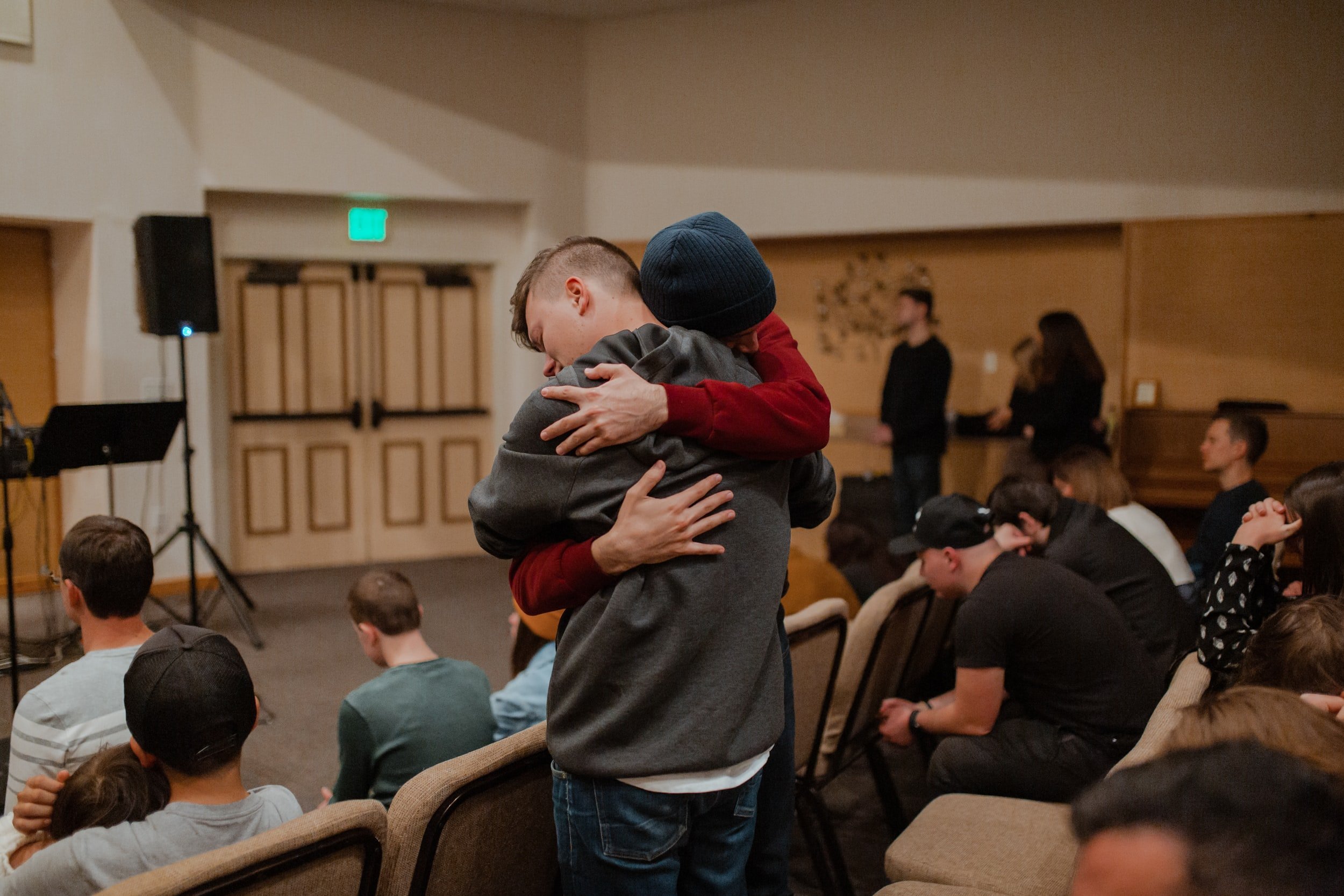Blogs and Latest News
Making the Science of Adolescent Development Part of Your Story
During adolescence, we are rapidly learning and adapting in ways that naturally take advantage of supportive relationships, environments, and experiences that promote positive growth and development.
Coming of Age in the Digital Age: Telling a Stronger Social Media Story
Although recent revelations show how damaging social media can be, it also allows adolescents to do important developmental tasks like exploring their identities and making independent decisions in a new way.
What We Talk About When We Talk About Middle School
Our research has identified the need for a new narrative around early adolescence, one that recognizes it for the remarkable period of discovery it is.
Foster Youth Storytelling: Less Vulnerability, More Resiliency
Both news and popular media are used to portraying foster youth as permanently damaged, either by the circumstances that led them to foster care and/or by the broken system that failed them.
Reckoning with Race in Adolescent Stories
Diversity and inclusion in film and television contributes to young people of color’s identity formation in positive ways when they avoid stereotyping.
When Dramatizing Adolescent Advocacy, Keep It Real
While a search for identity through advocacy tends to be the primary theme in works that explore adolescent engagement, a search for community can be an equally compelling source.
Nuance Needed in Adolescent Mental Health Stories
Even before the pandemic, mental health challenges were the leading cause of poor life outcomes for youth.
Rebooting Adolescent Romance Stories
The experience of romantic awakening is individual and varied, but universal in its critical importance to developing social and emotional skills and discovering one's identity.


















